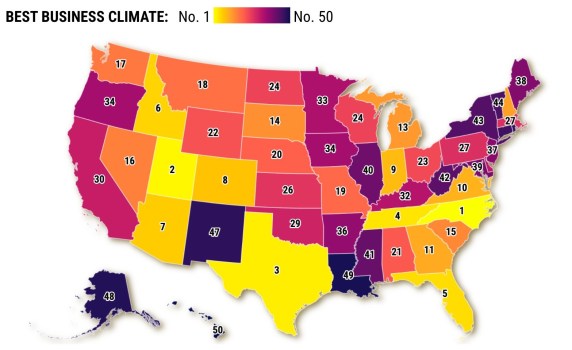It’s benefit enrollment period for health care coverage, and before your eyes glaze over, consider this: Most of us likely spend more time comparing prices in the grocery store than reviewing our benefit enrollment packages for 2025.
A whopping 154 million Americans are covered through workplace plans, and according to the Kaiser Family Foundation (KFF) 2024 Employer Health Benefits Survey, “the average annual dollar amounts contributed by covered workers in 2024 are $1,368 for single coverage and $6,296 for family coverage.”
Premiums are just the start. There are deductibles (the amount you have to pay before insurance kicks in), which average $1,787 per individual coverage and copayments (the amount you pay every time you visit a doctor). The numbers add up quickly, which is why spending time reviewing your options makes sense.
Start by determining if your current plan or your health care needs have changed. Make sure that your doctors and prescriptions are covered and if not, consider alternatives.
Many organizations offer High Deductible Health Plans (HDHPs), which in exchange for higher costs out of pocket before insurance kicks in, offer lower premiums. To help save for increased deductibles, HDHPs are paired with TRIPLE tax-advantaged Health Savings Accounts (HSAs).
The three-part savings is as follows: The money you contribute to an HSA goes into the account pre-tax, the earnings within the account grow without taxes, and when you pull the money out, there is no tax due. If you leave your job, you can take your HSA with you and use it decades in the future. Annual HSA contribution limits for 2025 for self-only coverage will be $4,300 and $8,550 for family coverage. If you are 55 or older, you can contribute an extra $1,000.
HSAs should not be confused with Flexible Spending Accounts (FSAs), workplace savings vehicles that allow you to save up to $3,300 pre-tax to pay for unreimbursed health care costs in 2025.
You generally must use the money in an FSA within the plan year, though some employers allow either a “grace period” of up to 2.5 extra months to use FSA money or the ability to carry over up to $660 to use in the following year.
For those over 65, if ever there was a year to spend time on Medicare, this is it. For 2025, there are big changes coming to the prescription drug plan (Part D) and to some privately run Medicare Advantage plans with drug coverage.
Out-of-pocket costs for medications will be capped at $2,000, but there could be increases in other parts of coverage like copayments and deductibles. Go to Medicare.gov to see whether your prescriptions are included in a plan, and how much they are likely to cost.
Additionally, many hospital systems are leaving various Medicare Advantage plan networks. That might lead you to switch to traditional Medicare from the government, but making that leap means that you lose the out-of-pocket cap, so you may have to purchase a Medigap policy, or Medicare supplement, to ensure that you have adequate protection.
If you need financial assistance, consider Medicare Savings Programs, which are administered through state Medicaid agencies. The government notes that “even if you don’t think you qualify, you should still apply.”
If you don’t have health insurance through your employer, Medicare, Medicaid, the Children’s Health Insurance Program, you can find coverage through the Affordable Care Act’s Marketplace.
When you go to Healthcare.gov, you might experience sticker shock, but there is a lot of help for low income earners via tax credits and assistance to minimize out of pocket expenses.
Jill Schlesinger, CFP, is a CBS News business analyst. A former options trader and CIO of an investment advisory firm, she welcomes comments and questions at [email protected]. Check her website at www.jillonmoney.com.
Note: Thank you for visiting our website! We strive to keep you informed with the latest updates based on expected timelines, although please note that we are not affiliated with any official bodies. Our team is committed to ensuring accuracy and transparency in our reporting, verifying all information before publication. We aim to bring you reliable news, and if you have any questions or concerns about our content, feel free to reach out to us via email. We appreciate your trust and support!




